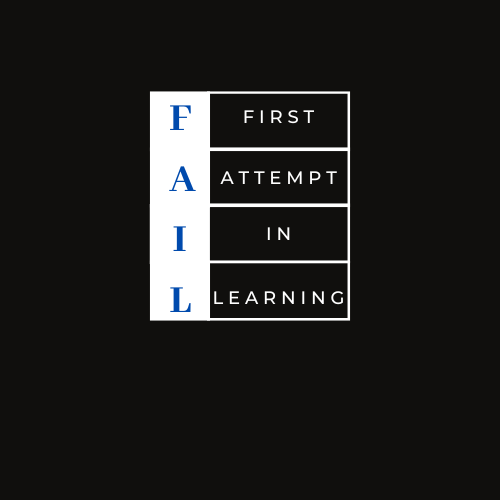Leadership retreats are critical to team bonding and personal and professional development. With the second quarter winding down, summer vacations looming, and the potential for scattered schedules, now’s the perfect time to start planning your leadership retreat. Here are 7 proven strategies to ensure your retreat delivers impactful results:
1. Plan, Plan, Plan (and Then Plan Some More!)
Solid planning is the foundation of a successful retreat. Clearly define your goals – what do you want your leaders to achieve? Team building? Strategic planning? Have you sharpened your communication skills? Once you know the “why,” you can craft an agenda that addresses those needs.
Choose just one or two goals because trying to cram everything into a half or full-day retreat will be tiring for everyone and your goals will not be met.
2. Consider a Professional Facilitator for the leadership retreat
Facilitators bring a wealth of experience to the table. They can guide discussions, keep things on track, and introduce creative activities to keep your leaders engaged. Even if you have a wonderful facilitator on your team, give them the day to interact with the team on a more personal level. They will thank you in the long run.
Look for a facilitator with a certification such as Certified Professional in Talent Development (CPTD) or a facilitator certification. Remember, a certification is different than a certificate. A certification means that a person has taken a test and has proven they have the knowledge and skills. A certificate means they took a class. Be sure to get the best for your team.
3. Don’t Procrastinate – Book Early!
The best venues and facilitators get booked quickly. By acting now, you’ll have a wider selection and secure the resources you need for a memorable retreat. You want to be off-site. Many of us have been to retreats or meetings on-site and have lost some in the group to the call of work. And people also come back late, if they come back at all.
Do yourself a favor and invest in a site that is near enough to the office (for convenience) but far enough that you cannot go back and forth. Also, find a site that provides food. If you are on a budget, suggest a potluck. Have each person bring something for lunch and plan ahead. Just note that a potluck takes more time away from the retreat because you need to prepare and clean up.
4. Communication is Key – Keep Everyone Informed
Don’t leave your leaders in the dark! Regularly communicate the retreat’s goals, agenda, and logistics. This transparency builds excitement and ensures everyone arrives prepared to contribute. Give your leaders responsibilities for the retreat. You do not have to plan the retreat alone.
Have your leaders present what they have been doing. Sharing goals, wins, and failures will help everyone on your team. Also, remember the word FAIL means First Attempt In Learning.

5. Balance Work and Play
Schedule dedicated sessions for strategic planning and skill development, but also factor in downtime for relaxation and team bonding. This creates a more positive and productive environment.
Remember to include some fun stuff and food! So, often we are working so hard on the average day that we don’t have time to socialize with our teammates. A leadership retreat is a perfect time for everyone on the team to eat together and share personal information. Sharing information about your family, friends, and hobbies helps to build trust. We all want our team to trust each other.
6. Embrace New Experiences
Step outside the traditional conference room. Consider nature walks, group challenges, or volunteer activities to spark creativity and collaboration.
My advice is not to have “forced fun”. Always have a learning session or a sharing session. Escape rooms, ropes courses, and other challenges can be fun, however, not everyone can participate or enjoy those types of activities. Have a short team-building exercise, and icebreaker, and save the “forced fun” activities for an optional outing.
7. Follow Up is Crucial
Don’t let the momentum fade after the retreat. Recap key takeaways, assign action items, and establish timelines to ensure lasting change. At your next team meeting review what happened at the retreat. Delegate different sections of the retreat to your teammates to review.
Conclusion
By implementing these strategies, you can transform your leadership retreat from a simple getaway into a powerful catalyst for growth and success. So, take action today and set your team up for an impactful and enriching experience. Email me at LAR@Larg.com to start planning your leadership retreat today!
#leadership #leadershipdevelopment #leadershipretreats #adultlearning #teambuilding #communication




